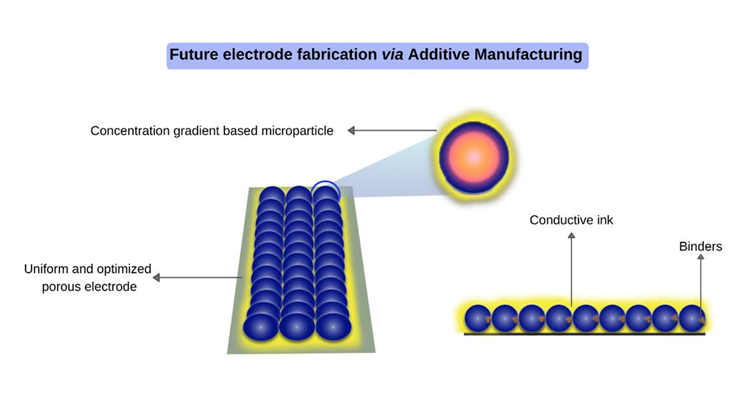 The advent of the industrial revolution increased the dependency of humans on fossil fuels which led to an increase in environmental degradation. While alternative energy sources such as wind, solar and hydro seem to be good options, their uncertainty in delivering the power made Dr Sujith Kalluri, Assistant Professor in the Electronics and Communication Engineering Department and his PhD scholar Chanakya Karra at SRM University-AP prefer batteries as a viable option. “Application-driven Industrial-scale Manufacturing of Li/Na-ion Battery Cathodes” is a paper published by Dr Sujith Kalluri and Mr Chanakya Karra in the Journal of The Electrochemical Society having an Impact Factor of 3.721 as part of their project to develop zero-emission energy methods.
The advent of the industrial revolution increased the dependency of humans on fossil fuels which led to an increase in environmental degradation. While alternative energy sources such as wind, solar and hydro seem to be good options, their uncertainty in delivering the power made Dr Sujith Kalluri, Assistant Professor in the Electronics and Communication Engineering Department and his PhD scholar Chanakya Karra at SRM University-AP prefer batteries as a viable option. “Application-driven Industrial-scale Manufacturing of Li/Na-ion Battery Cathodes” is a paper published by Dr Sujith Kalluri and Mr Chanakya Karra in the Journal of The Electrochemical Society having an Impact Factor of 3.721 as part of their project to develop zero-emission energy methods.
Through this article as a platform, the authors focus on three aspects of energy storage devices that are essential while the world is catapulted to upgrade itself from fossil fuels to electric vehicles. From a battery level perspective, they have discussed the dependence of the battery industry on lithium-ion technology and its repercussions. As a solution, they suggest the distribution of the dependency on sodium-ion technology owing to its adaptability and wide availability. From the cathode level perspective, the paper suggests co-precipitation through the CSTR as a customized solution to address the setbacks in the synthesis process and additive manufacturing as a preferred solution to cater for the desired electrode design specifications that would comply with the needs of future generations and the industry. Till the battery energy storage system paves the way for Na to take over, we can reckon on SC-NCM cathode material to serve the needs.
Read the full paper here: https://iopscience.iop.org/article/10.1149/1945-7111/abfab6/pdf
More about the Battery research project of SRM University-AP:https://srmap.edu.in/seas/electronics-and-communication-engineering/research-areas/battery-research/

